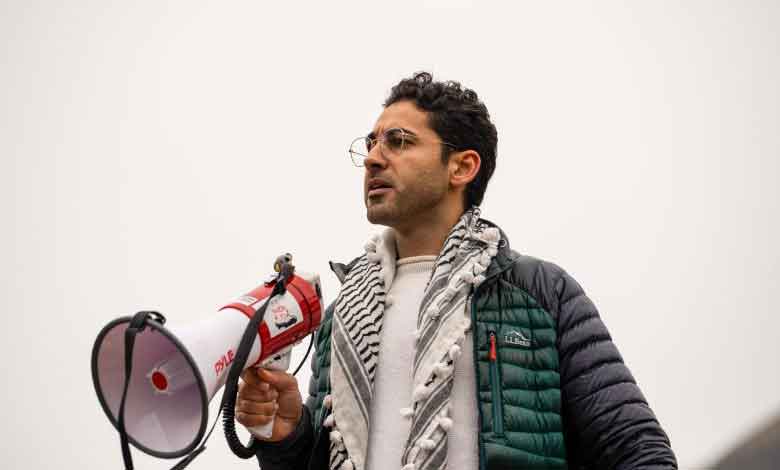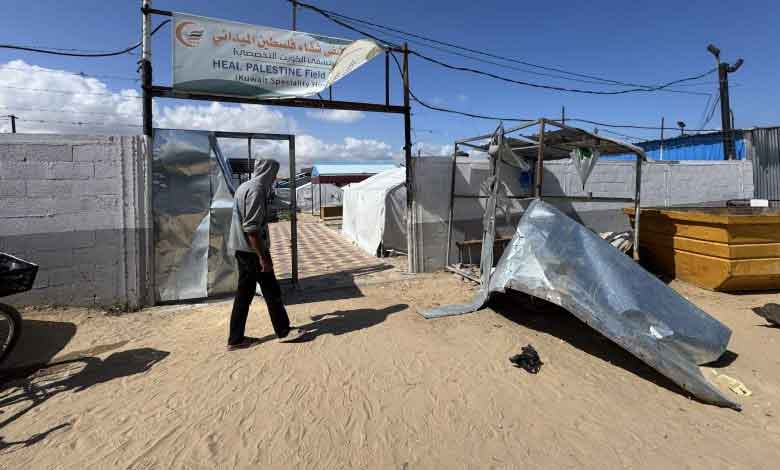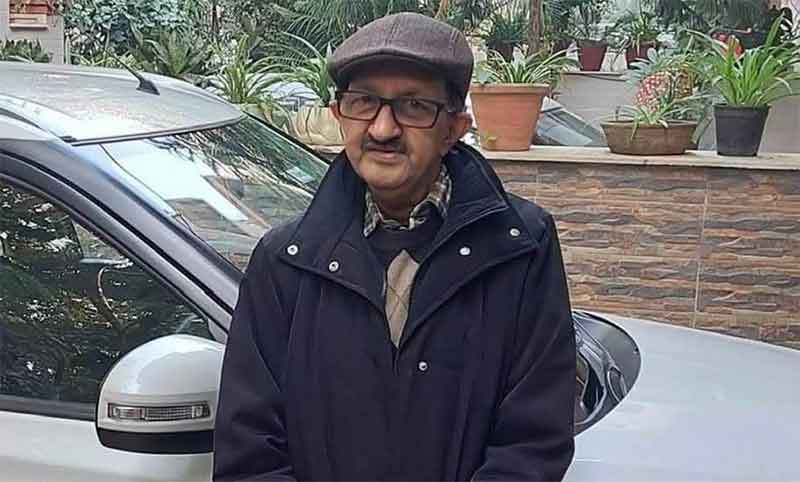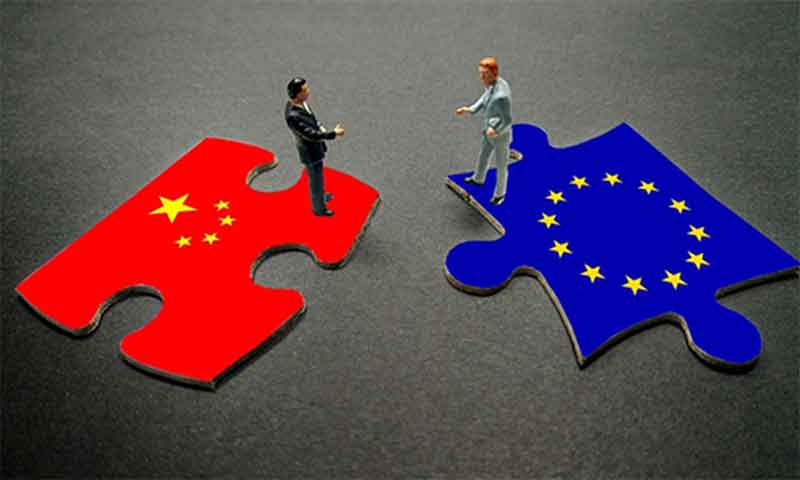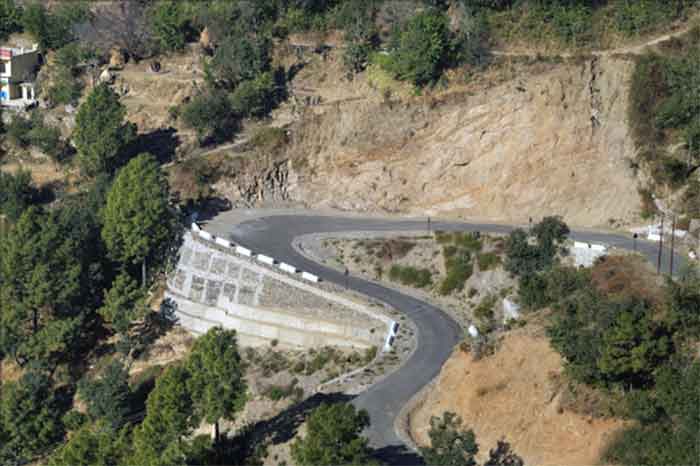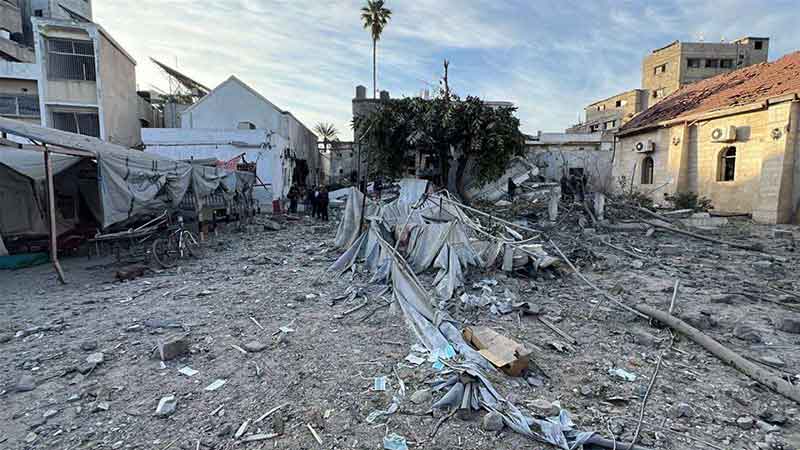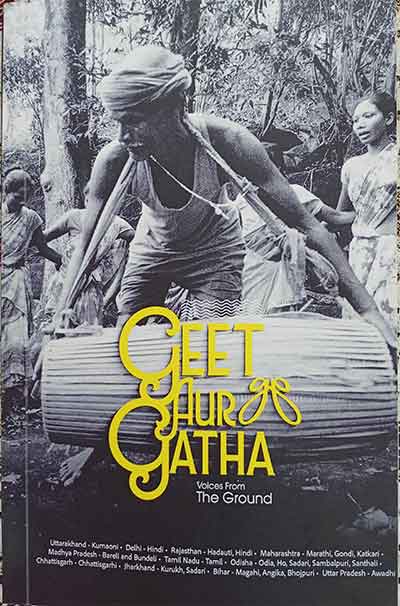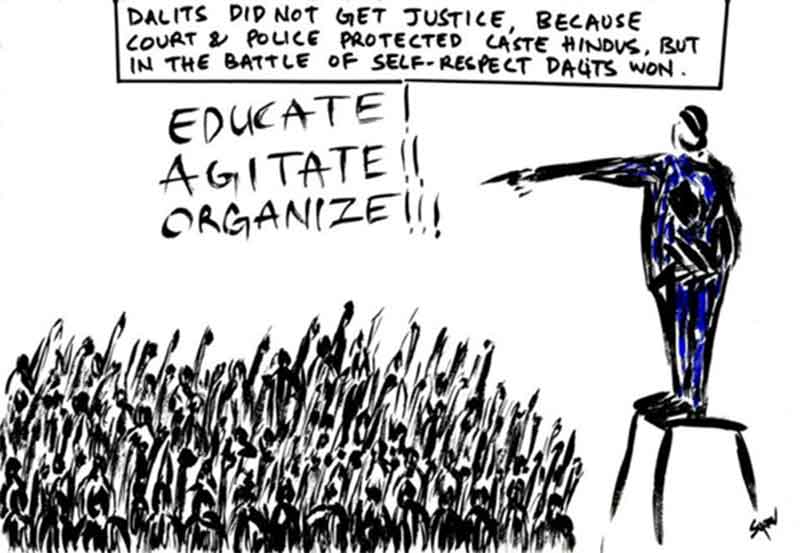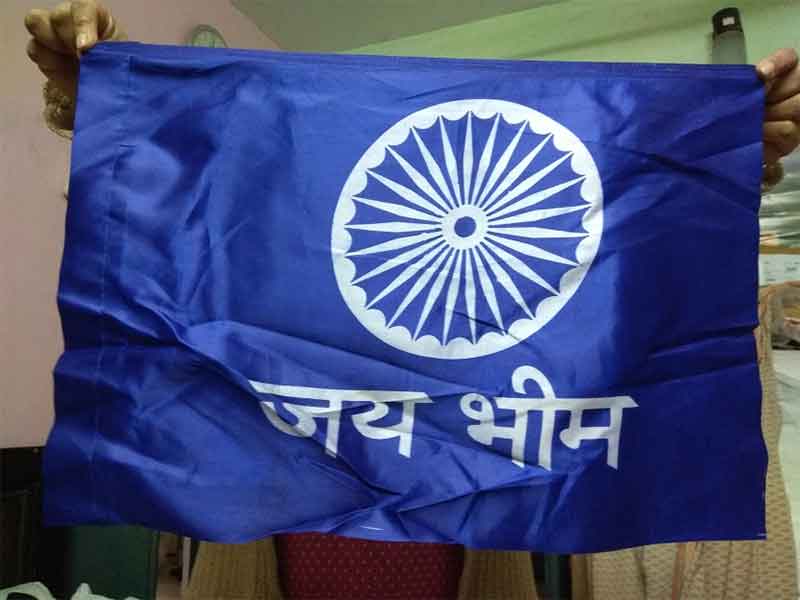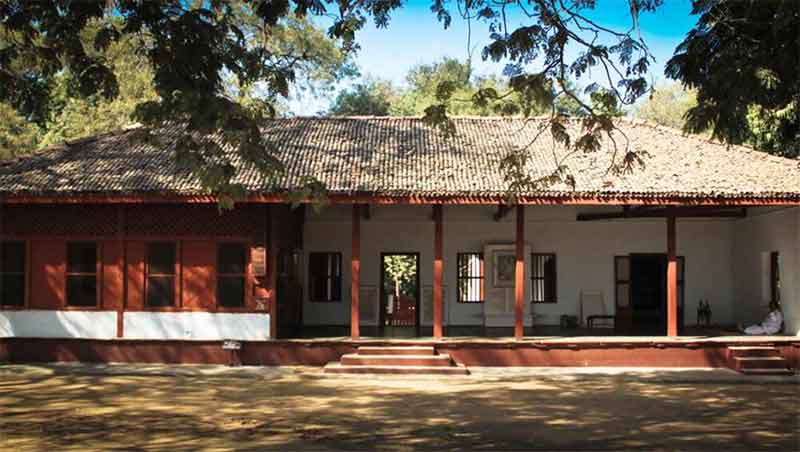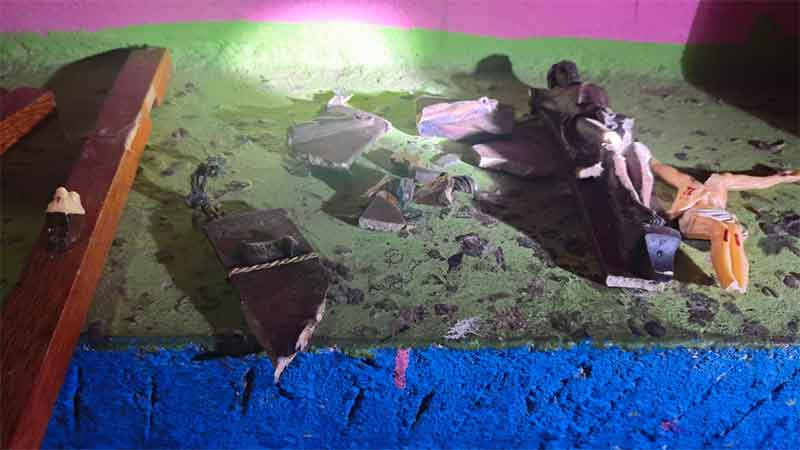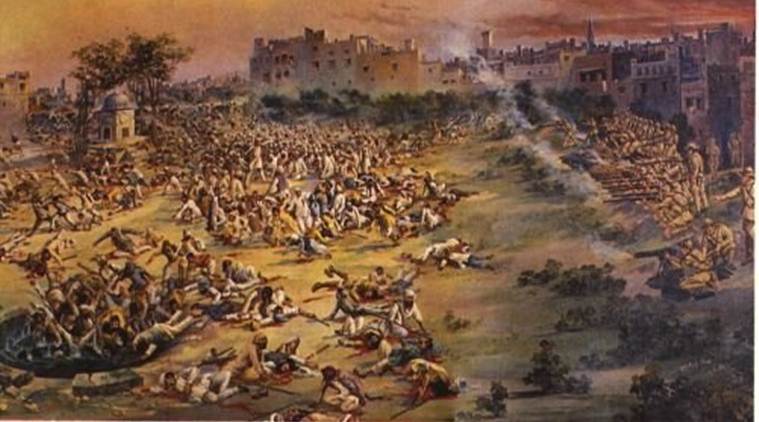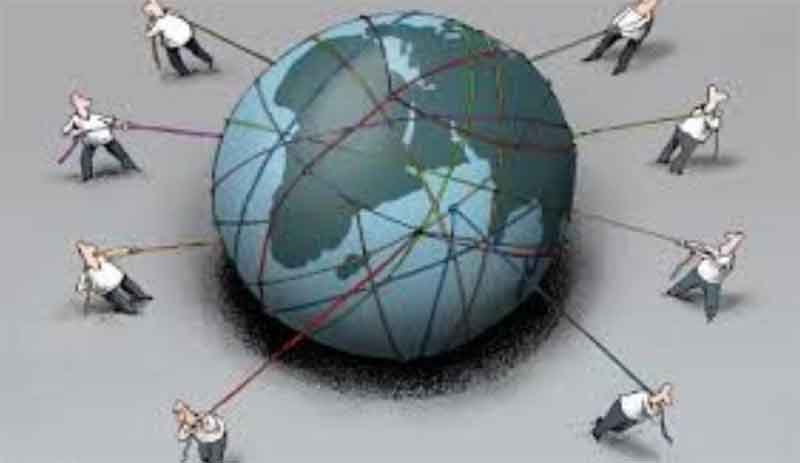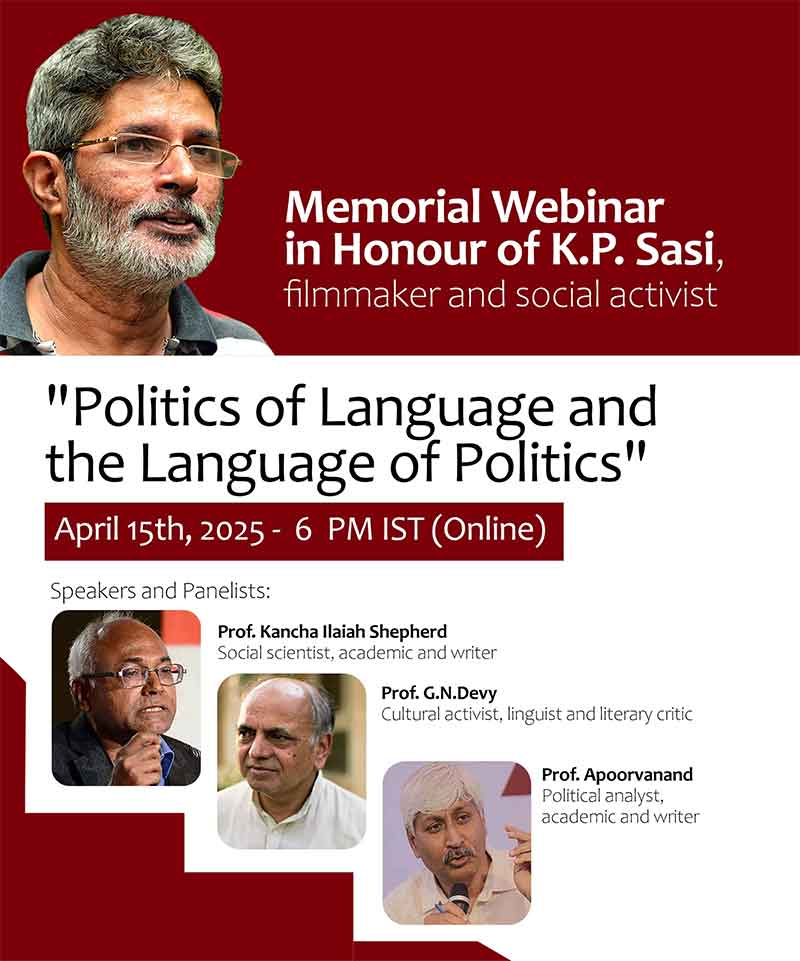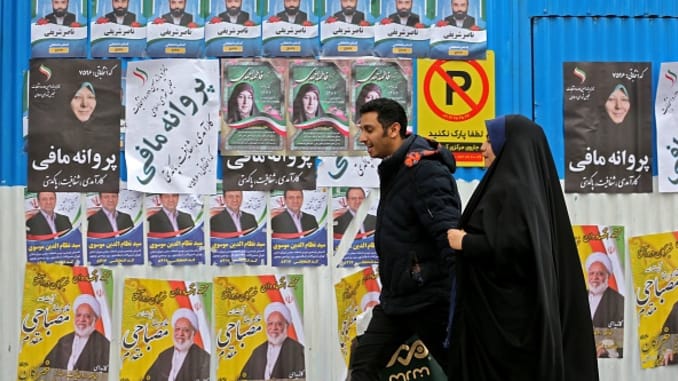
The conservatives swept the parliamentary elections held on February 21, 2020, in Iran. The election was for the eleventh parliament (Majles) since the 1979 Iranian revolution. The conservatives (or “Principlists”) obtained about two-thirds of the seats, which will give themthe control of the Majles to challenge the so-called “moderates” who want friendly relations with the West. This election,like the ones before,was symbolic because major political parties that oppose the clerical regime are banned, and their members are disqualified from running for elections. Iran currently does not have secular parties that are supported by masses. Only small Islamic or quasi-Islamic parties organized by the clerics or key persons associated with themare active in the elections.
Vetting of the Candidates
The candidates who want to run for elections ought to believe in the Islamic system of government under the rule of Velayat-e Faghih (Guardianship of the Jurist), currently Ali Khamenei. The Supreme Religious Leader’s authority, as defined by the Islamic Republic constitution (Article 110), supersedes the authorities of all organs of the government. Hence,democratic principles such as separation of powers between the three branches of the government do not effectively exist. The Guardian Council is a 12-member body that monitors and upholds Islamic laws. The Council screens applicants based on the ideological requirements of the regime, which contradictsthe fundamental norms of democracy. Applicants who do not express allegiance to such ideology are disqualified.
In this election, about 16,000 persons applied to be on the ballot, from whom 5,232 or 33% were selected by the Guardian Council to run. The rest,including 75 incumbent representatives,were disqualified. The number of disqualified applicants was the largest thistime as compared to the previous elections.
In this election,the competition was mainly between two political factions that support the Islamic government. One faction that is known as principlist (osoolgara) relies upon impoverished Iranians’ supportwho depend on the government employment and/or receive meager welfare payments.Principlists want to stickto the traditional Islamic values and follow the egalitarian goals of the revolution. Another faction that is referred to as Reformist (Eslahtalab) relies on the affluent Iranians whowant to preserve the regimebut gradually change it in favor of their own class.Before the election, some polls showed most Iranians did not belong to either of the two factions anddid not wantto participate in the election.In reality, those who do not support the regime’s ideology do not have anyone on the ballot to vote for.Consequently, the voters had two options, boycott the election or choose between bad and worse candidates chosen by the regime. The problem for the government was to show that people would participate in such an election. Before the elections, the Supreme Leader Ali Khamenei,who skillfully manipulates public opinion by mixing religion and politics in his speeches,emphasized that it was the religious duty of all qualified Iranians to participate in the elections even if they did not like him.
The Outcome of the Election
Despite the boycottsby some political groups, the rival factions within the regime participated in the elections.The assassination of Iranian General Ghasem Soleimani by the US,caused some voters to come out to show their anti-American imperialism sentiments.However, the turnout was low as compared to previous parliamentary and/or presidential elections. Also, the nationwide demonstrations against the government for raising the gasoline prices in November and the Coronavirus outbreak were contributing factors for lower participation. According to the government officials, there were 57,918,159 qualified voters from whom 9,600,000 were in the capital Tehran, and 3,931,766 were the first-time voters. The results of the electionwere announced on February 23.The number of participants in the country was 24,512,404 or 42.3%. The number of male voters was 52%, and females were 48% in the elections. In the capital Tehran, there were 2,539,763 voters or 26.2% participation.
The 290-seat Majles has 285 directly elected members and five seats reserved for minority religions. The Principlists gained vastlyatthe expense of Reformists’ loss, who had much fewer candidates approved by the Guardian Council. Reformists claimed the Gradian Council was biased against them and engineered the election in favor of the Supreme Leader Supporters. Principlists won 191 seats, while Reformists won 16 seats, andindependents 34 seats.Principlistswon all the 30 seats in Tehran. In the previous parliamentary election in 2016, Reformists gained 41% of the seats compared with 29% for Principlists and 28% for independents.Some candidates who had served under the former President Mahmoud Ahmadinejad’s administration were elected to the new Majles, while he had not endorsed any slate of candidates.
The outgoing Majles turned outto be a disaster, as its Reformist fraction lost credibility.Embarrassingly, some of the representatives were involved in financial corruption, embezzlement, drug use, or other unlawful matters that led to their disqualification by the Guardian Council. At last,120 representatives of the outgoing Majles could not return to the new Majles; 75 of them were disqualified, and the rest either did not participate or were not re-elected.
Hassan Rouhani,who was supported by the Reformists, became the worst president in the reign of the Islamic Republic. Because of his rapprochement with the West, Rouhani has been given the nickname of “Diplomat Sheikh.” The European governments and the Democrats in the U.S. backed Rouhani since he was a top cleric inside the regime who wanted to warm up relations with the West. However, Rouhani and his Foreign Minister Javad Zarif became the puppets of the West. Rouhani’s blunder to dismantle the major parts of Iran’s nuclear facilities without getting any benefits for Iran was a catastrophic action. As a result, Rouhani lost his meager social base among the Reformists, and his government has now survived by the support from the Supreme Leader, who is afraid Rouhani’s dismissal could end the clerical oligarchy. Rouhani himself has said he wanted to resignfrom the presidency several times butwas discouraged by the Supreme Leader.
As a result, the election showed that the pro-West strategy of Reformists in the Majles worked against them. Instead of protecting people’s interests, they protected Rouhani in the wake of his disastrous nuclear agreement. Their lack of decisive action to preserve Iran’s nuclear program, preventing corruption in the financial institutions,and not paying attention to workers’ unpaid wagesnegatively impacted their re-election chances.
Overall, the Reformists were defeated because of:a.The failure of Rouhani in ending the economic sanctions, despite dismantling major parts of Iran’s nuclear program.b. Failure of their neoliberal economic reforms. c. Lack of interest of their supporters to participate in the election. d. Corruption in the banking system and inthe privatization of government-owned enterprises. 5. Disqualification of some of their candidates by the GuardianCouncil.
As it appears, there is no hope that the election’s outcome will oblige the ruling clergy to make any changes to democratize the regime.
Akbar E. Torbat is the author of “Politics of Oil and Nuclear Technology in Iran”(2020),Palgrave Macmillan,ISBN 978-3-030-33765-0 ,https://www.palgrave.com/us/book/9783030337650 .He received his Ph.D. in political economy from the University of Texas at Dallas. Email: [email protected], Webpage: http://www.calstatela.edu/faculty/akbar-torbat
Copyrights Akbar Torbat © 2020.
SIGN UP FOR COUNTERCURRENTS DAILY NEWS LETTER

